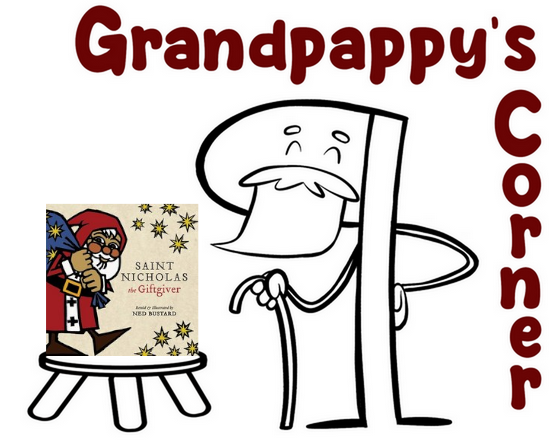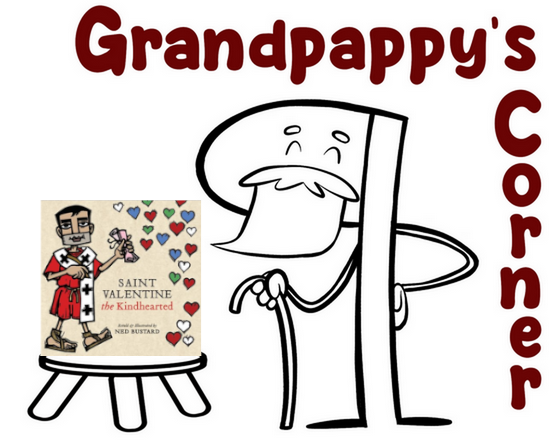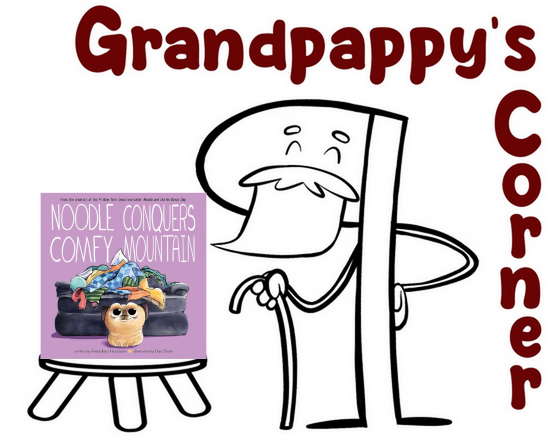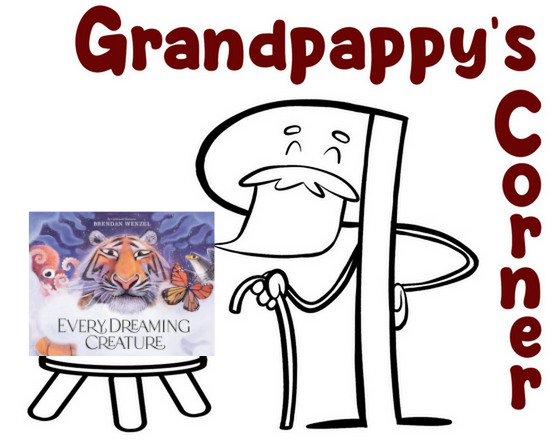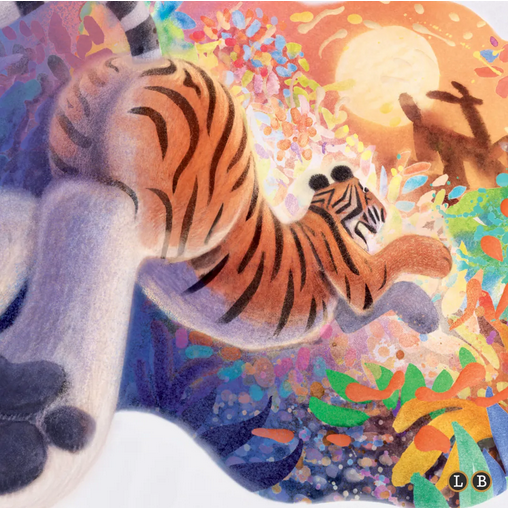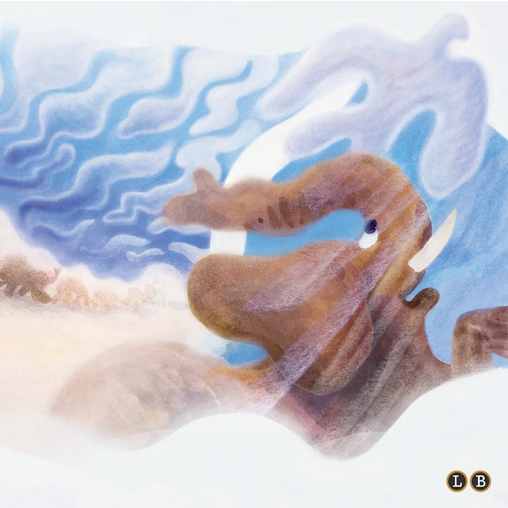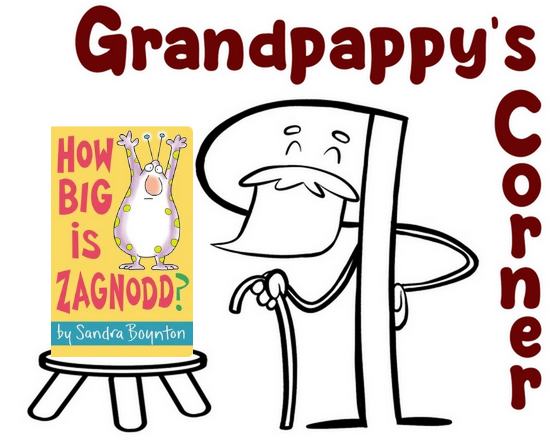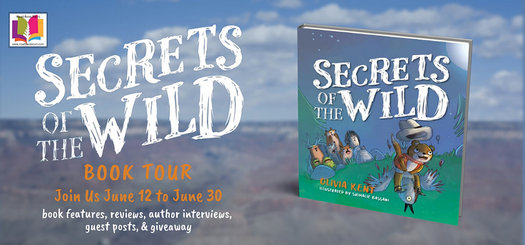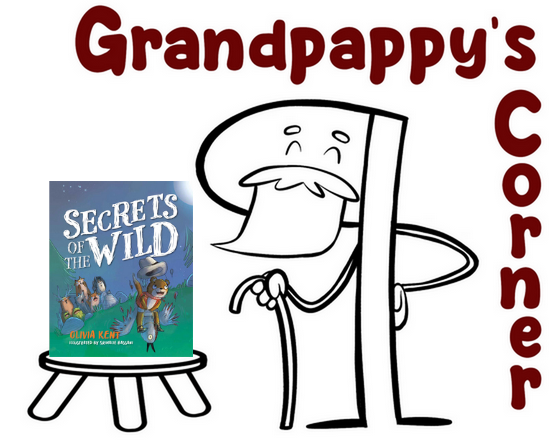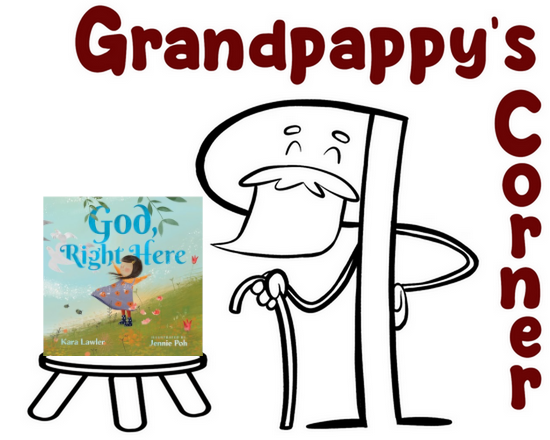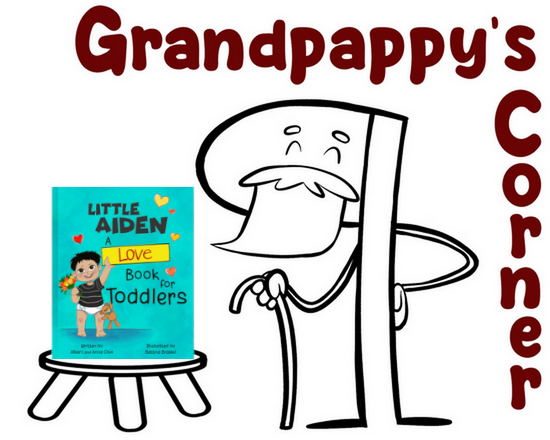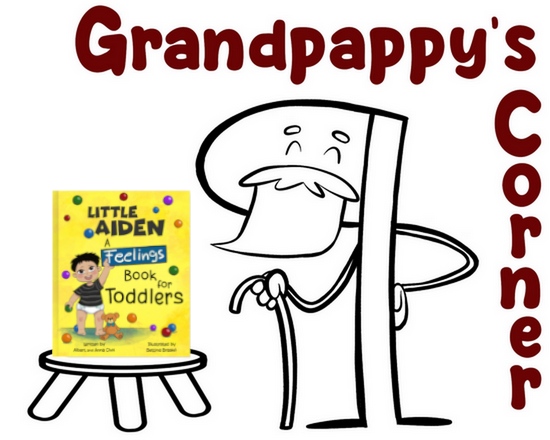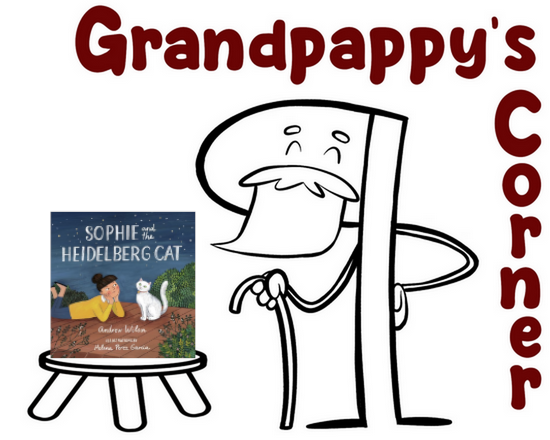Yeah, this is a quick return to this author. But after the post a couple of weeks ago, I had to give this one a shot, too. And it seemed fitting to tackle it now. I’ll get back to “grown up books” next week, D.V.
Saint Nicholas the Giftgiver:
The History and Legends
of the Real Santa Claus
Written and Illustrated by Ned Bustard
DETAILS: Publisher: IVP Kids Publication Date: October 12, 2021 Format: Hardcover Length: 29 pg. Read Date: December 17, 2023

What’s Saint Nicholas the Giftgiver About?
This is all in the title and subtitle, really. This is a Picture Book Biography of Saint Nicholas, covering both the history we have and some of the legends that arose about him to the point he became our Santa Claus.
He covers the life of Nicholas from birth to death pretty well—working in Diocletian’s persecution and how Nicholas was freed by Constantine, a hint of the Arian Controversy, and Nicholas’ work overall—including some of the legends that grew about him during his lifetime (that probably had a basis in truth).
Then he turns to the stories that have grown up about Nicholas as he transformed into Santa Claus with the magical reindeer—with Bustard trying to tie in even that idea of Nicholas to the work of the Savior. How successful he was I’ll leave to the reader to decide.
The Slap
No, I’m not talking about a certain actor at the Oscars in 2022. I’m talking about the legendary time that Nicholas struck (in some form) Arius at Nicea. Bustard skipped it. The most he said was:
he did all he could
to stop that bad pries.
Now, I was curious to see how he’d address it—if only because I think it’d be a real attention grabber for the target audience. But it’s probably wise to skip it, you don’t want to encourage younger readers to start assaulting people.
But c’mon, if you heard that some kid had been inspired by a Picture Book to slap a kid in Sunday School who kept giving bad answers—you’d laugh. You’d feel bad and repent after, but you’d laugh. I’m getting off the point, though.
Let’s Talk about the Art for a Minute
First, I really liked the way he made Nicholas have the skin tone of someone who was from Türkiye. Especially as white as Santa is usually depicted (and certain news programs insist on), that was a refreshing choice.
The use of mice throughout was a nice touch (and is explained in Bustard’s author’s note). But the best part was the subtle transformation of his clothing and appearance throughout to more and more look like a figure worthy of being an illustration alongside Clement Clarke Moore.
Basically, everything I’d say about the art is what I said when I talked about his Saint Valentine the Kindhearted book two weeks ago. Feel free to go check that.
There are a couple of Second-Commandment violations that naturally trouble me. But they don’t call attention to themselves and can be glossed over if that’s how you’d like to proceed. I’m honestly not sure if I’ll do that, or consign this one to the “we don’t read that one” pile.
How is it to Read Aloud?
A couple of the rhymes are…well, let’s go with imaginative. I will admit I stumbled on a them as I read it to the Grandcritter. But…other than that, it was fun.
There’s some decent rhythm to it, and the sweetness of a lot of it comes out better when you read aloud. Or maybe that was just me. Anyway, it works really well as a read-aloud.
So, what did I think about Saint Nicholas the Giftgiver?
I liked this—I do think Bustard improved his writing with his next two books, but the promise is there. Some lines—several lines—are great and made me smile. As I said before, the art is great. The two together make this a winner.
For me, I’d have appreciated it more if he’d given us a little more history and a little less explanation of the legend around Nicholas. But I’m not sure he’d have been able to do as nice of a job explaining the legend as he did had he devoted less time to it.
Which does make me think—given the age of the audience for this book, it’s a little risky to wade into anything about Santa Claus for some people. I think he handled that as well as he could, and readers who don’t understand everything about Santa the way that grown-ups do should be okay.
I do have a couple of misgivings about this book, but I’m maybe thinking about this more than I should. I don’t think so, but I imagine others will tell me I am. It’s good enough to think about getting and reading—just know that of the three books that Bustard has written so far, it’s the least successful.

This post contains an affiliate link. If you purchase from it, I will get a small commission at no additional cost to you. As always, the opinions expressed are my own.
![]()


